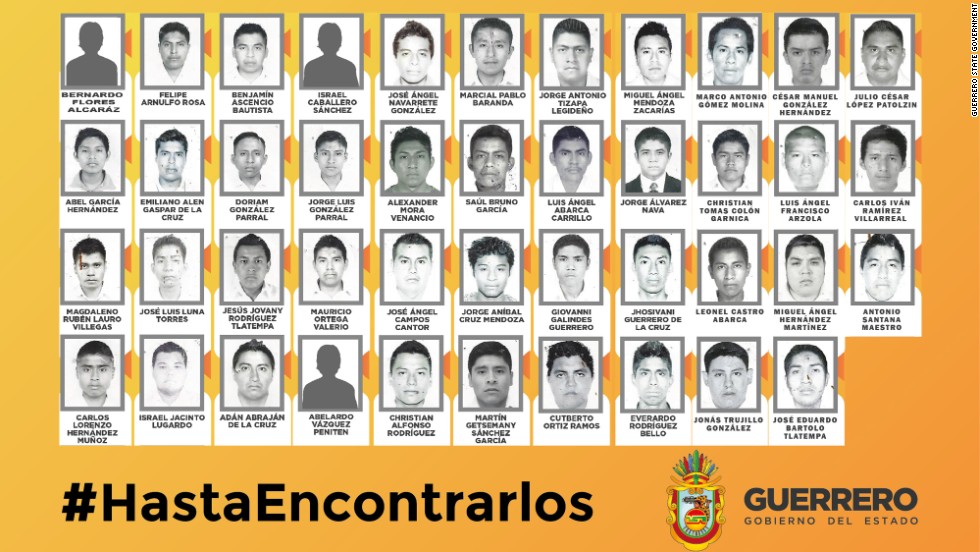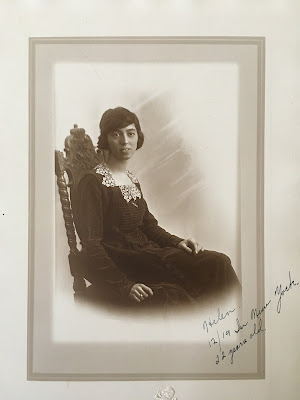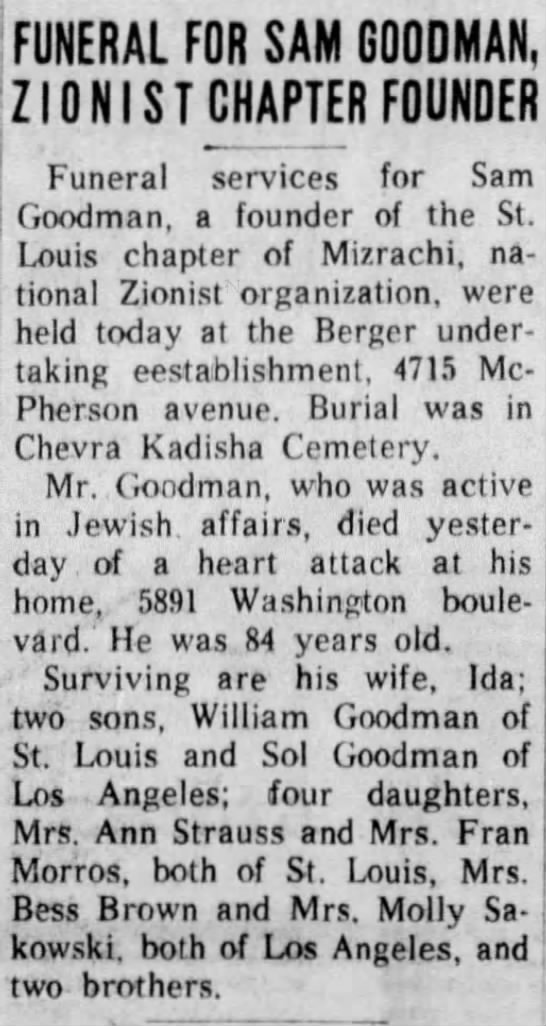This week Greta Thunberg's impassioned accusation, "you have stolen my dreams and my childhood" by talking about "money and fairy tales of eternal economic growth," brought many to tears...and others to attack the sixteen-year-old activist. We don't want to hear Thunberg because we don't want to accept her vision of the future.
We have heard the reasoned arguments and warnings. Most people accept climate change as scientific fact. In the popular film
An Inconvenient Truth, Al Gore warned, "We have everything that we need to reduce carbon emissions, everything but political will. But in America, the will to act is a renewable resource." But the political will has not been there and many deny the scientific studies as fable.
The first Earth Day I purchased a "Give Earth a Chance" pinback button at the information table set up in my high school hallway. I took ecology in college, recycled when we had to cart everything to centers, limited the use of our car (when we turned in our lease we had totaled 8,000 miles over three years).
"Most people want to do what's good for the world, when it doesn't come at personal expense."~from We Are The Weather
But we also eat eggs and cheese and use the air conditioner and furnace. Some things are easier to give up, and some things we cling to. I can't tolerate high temperatures and without air conditioning, I am a mess. Michigan has experienced more 95 degree days than ever, and we are told it will get worse. I think about it all the time, how we may need to install a bathroom in the basement when we need to escape to its coolness because the a.c.will be illegal or limited or unaffordable.
In
We Are The Weather: Saving the Planet Begins at Breakfast, Jonathan Safran Foer argues that people just don't "feel" the threat of climate change; we think of it as some apocalyptic fantasy set in the future. Like Justice Felix Frankfurter when he learned of the Warsaw Ghetto and concentration camps responded, "I must say I am unable to believe what you told me...My mind, my heart, they are made in such a way that I cannot accept it." The good justice believed, and he was horrified, but it was too much for him to fathom it was real.
Foer's book is, in essence, a long discussion with us, and himself, on how difficult it is to get to where Thunberg is: a deep commitment based on a sense of personal and existential threat of death.
We are killing ourselves. We are committing suicide. We can change our behavior and it can affect the weather and, perhaps, save our lives, our children's lives.
Foer offers individuals how to change the future through personal action. Walk, bicycle, instead of using cars. (check; my husband walked to work much of his career.) Avoid flying (check; I've only flown a few times my entire life), have one child less (check; we have one). Dry clothes on a clothesline instead of in a dryer. (Done that, had the stiff underwear to prove it. But I do have an energy-efficient dryer.)
And eat a plant-based diet (kinda, sometimes).
Our first year of marriage we bought
Diet For a Small Planet by Frances Moore Lappe. Some of those recipes remain regular favorites in our house, such as Mexican Pan Bread. Later we collected Moosewood Restaurant's cookbooks and added more delicious recipes. We fell into the cooking of our childhood when raising a picky-eater child. But after he left for college, I read Michael Pollen's
The Omnivore's Dilemma and we became strict vegetarians for three years...then, living with our son again fell back into buying more meat.
I am now in a dilemma. We are trying to get animal products back out of our diet, but I am told to increase my protein. I don't like tofu or those awful shakes. I have been buying local eggs from a farm market--is that ok? Then, there is my husband's deep and abiding love for cheese.
Foer informs that agriculture, mostly animal agriculture, accounts for 24% of annual greenhouse gas emissions. And we know those animals require huge amounts of food which takes up lots of land and energy and water, and factories to process animals into meat, and trucks to get the meat to markets. Plus, factory farming of animals creates environmental problems and pollution. Last of all, eating animal products, as my doctor has emphasized, is bad for our individual health.
Where is the 'upside' of eating meat?
It appears to come down to grilled steaks taste so good vs. save our life and humanity.
"We are the flood, and we are the ark," Foer concludes. Our fate is in our own hands.
And so we struggle on to overcome our desires and the ease of tradition as our children accuse our complacency costs their future.
I received a free ebook from the publisher through NetGalley. My review is fair and unbiased.
We Are the Weather: Saving the Planet Begins at Breakfast
by Jonathan Safran Foer
Farrar, Straus and Giroux
Pub Date 17 Sep 2019
ISBN
9780374280000
PRICE
$25.00 (USD)
 Ofrendas: Celebrating El Dia De Muertos is on exhibit at the Detroit Institute of Art until November 10, 2019. I was unprepared for what I would find when I entered this exhibit. I was immediately moved by the first display and the tears continued to well in my eyes throughout the exhibit.
Ofrendas: Celebrating El Dia De Muertos is on exhibit at the Detroit Institute of Art until November 10, 2019. I was unprepared for what I would find when I entered this exhibit. I was immediately moved by the first display and the tears continued to well in my eyes throughout the exhibit.

 This tree includes Mexicans who left their mark on the world.
This tree includes Mexicans who left their mark on the world.

















































